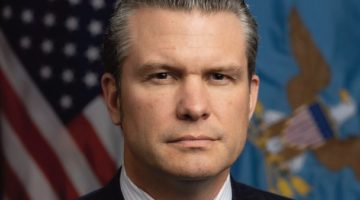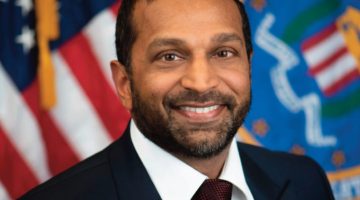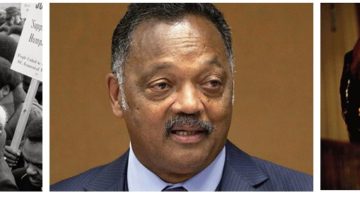 On Wednesday, March 12, Wisconsin Congressman Paul Ryan said on Bill Bennett’s radio show what everyone in the Republican Party is thinking: “Black men are lazy.” Those were not Ryan’s exact words. Instead, he said that “inner city men are lazy.”
On Wednesday, March 12, Wisconsin Congressman Paul Ryan said on Bill Bennett’s radio show what everyone in the Republican Party is thinking: “Black men are lazy.” Those were not Ryan’s exact words. Instead, he said that “inner city men are lazy.”
These types of comments are part of Congressman Ryan’s larger goal to cut social programs. In his world, helping poor people is wrong.
So, what men live in the inner city? The inner city is the central area of a major city. In the U.S., the term is commonly associated with low-income and poor black or Hispanic neighborhoods.
However, since 1990, gentrification has taken place, defined as today’s inner cities being taken over by middle- to upper-class people who are mostly white. A great example of this can be seen in Midtown Miami. High rises, restaurants, stores and hotels are moving in and the poor are being forced out. It appears that Ryan is unaware of this shift that has been taking place for over 20 years.
Ryan’s actual words were: “We got this tailspin of culture in our inner cities, in particular, of men not working. And just generations of men not even thinking about working or learning the value and the culture of work and so there’s a real problem here that has to be dealt with.”
So, first, the Wisconsin congressman doesn’t know who lives in the inner city. Second, as a congressman, Ryan must know where poor people live. Sure, some of America’s underprivileged live in the inner city but most poor people live in rural areas which are heavily populated by whites. Is Ryan willing to say that most men in rural areas have a culture of not working?
Poverty is the lack of or no access to food, shelter, health care, education or jobs. Social programs in the United States like Temporary Assistance for Needy Families (TANF) are designed to ease poverty and support desperate families. It’s important to point out that, according to the U.S. Department of Human Services, the same percentage of blacks (31.9 percent) and whites 31.8 (percent) receive welfare benefits.
Also, only 14.8 percent of men receive TANF. So, if an inner city man is not receiving TANF and he is not working, what is he doing? We see them every day begging for loose change under our bridges and intersections, especially along Interstate 95 and in downtown Miami.
Most of Americans (58.5 percent) will spend at least one year below the poverty line in their lifetime. Many of the social programs provide a safety net for these people. Certainly, social programs should be re-evaluated and made more efficient but to eliminate them altogether shows contempt. Yet, Ryan wants to do exactly that.
Before attending high school, Ryan went to a private Catholic school. He graduated with a double major from Miami University in Ohio. When his father died unexpectedly, he lived on his dad’s Social Security benefits. Social Security is a social program.
John Dudley is a freelance writer living in Miami Beach. He may be reached at Mrinvestor2u2002@yahoo.com












No Comment